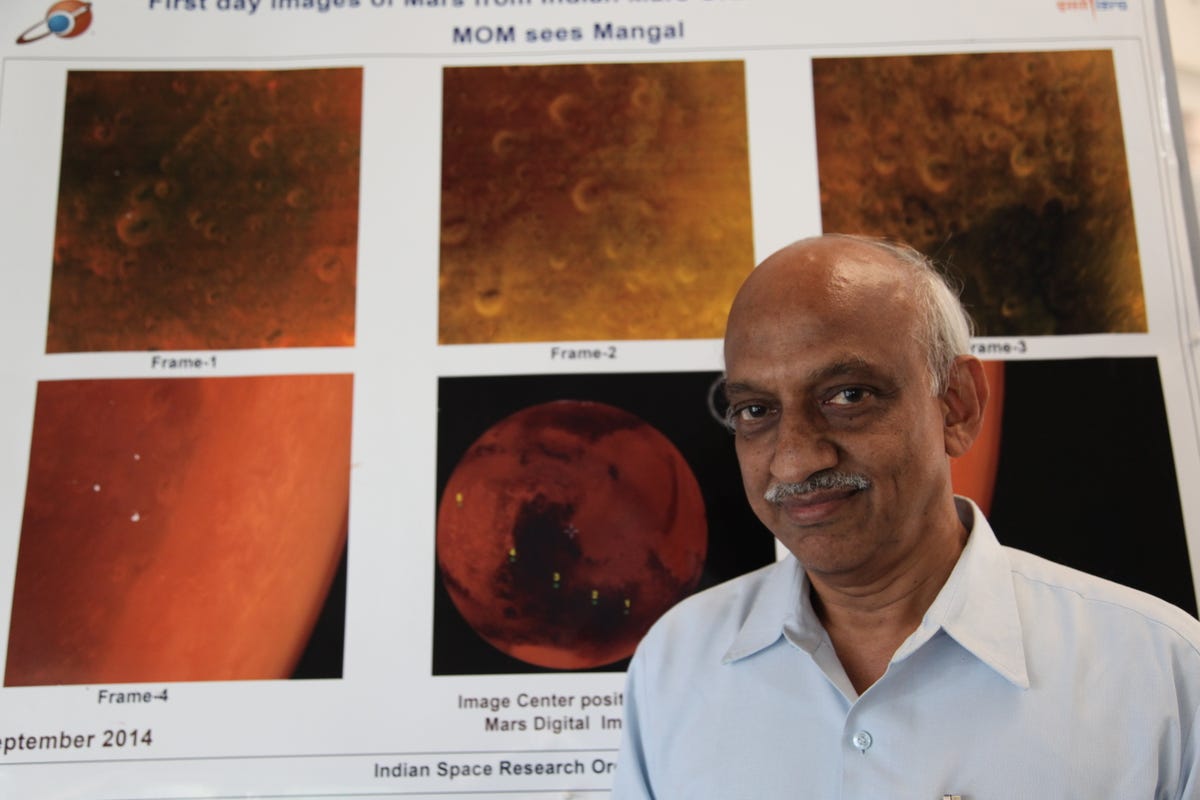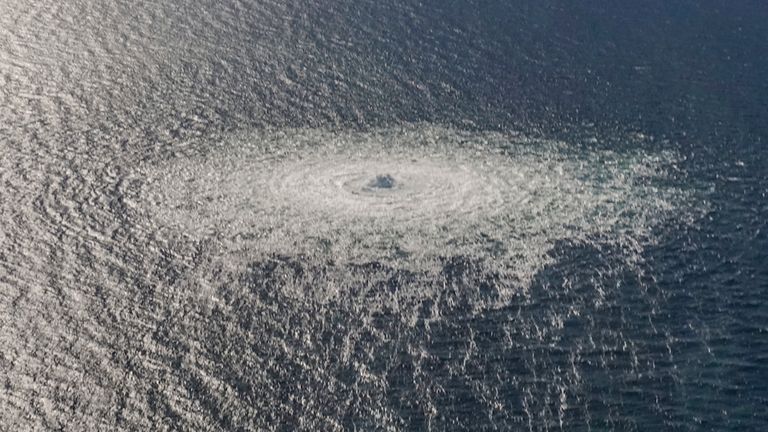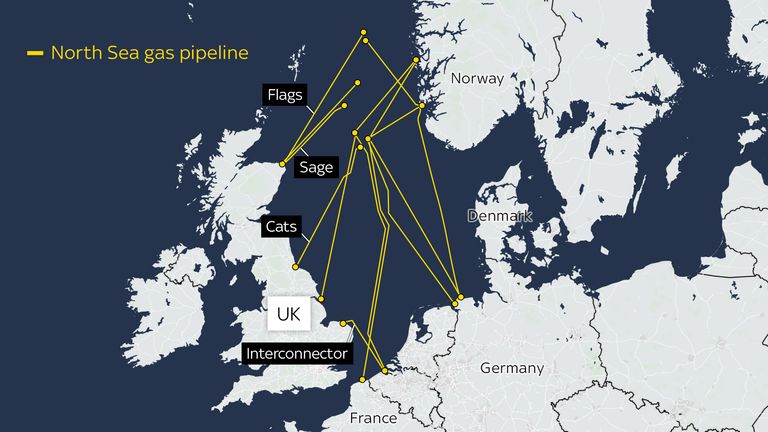Svante Pääbo’s work on sequencing the DNA of Neandertals and Denisovans, which won the 2022 Nobel Prize in Physiology or Medicine, revealed surprising interbreeding among human species
By Tanya Lewis on October 3, 2022

This year’s Nobel Prize in Physiology or Medicine was awarded to Svante Pääbo for his discoveries about the genomes of extinct hominins and human evolution.
Pääbo, a Swedish geneticist and director of the Max Planck Institute for Evolutionary Anthropology in Leipzig, Germany, was honored for his groundbreaking research on sequencing the genome of the Neandertals, an extinct relative of humans, and discovering a new hominin species, Denisovans. He also demonstrated that humans—Homo sapiens—interbred with these species after migrating out of Africa.
His work addresses important questions about humanity’s origins, including where we came from, why some species went extinct and what makes us uniquely human.
“Svante’s work is the definition of pioneering,” says Katerina Harvati-Papatheodorou, a paleoanthropologist at the University of Tübingen in Germany. “It has pushed boundary after boundary over the last couple of decades, achieving what was previously considered impossible: not only recovering ancient DNA from fossil bones, but also sequencing entire genomes of our extinct relatives and even retrieving their DNA from the ancient sediments of the caves in which they lived.”
Harvati-Papatheodorou says this Nobel “underscores the important implication that evolution and ancient processes have on people today.” And overall, she is “happy that the field of human origins research is receiving this amazing distinction and honor.”
Homo sapiens arose in Africa about 300,000 years ago, research suggests. Neandertals (also spelled Neanderthals), meanwhile, arose outside Africa and lived in Europe and western Asia from about 400,000 years ago until they went extinct roughly 30,000 years ago. Groups of Homo sapiens left Africa around 70,000 years ago, and spread throughout the world. They co-existed with Neandertals in Eurasia for tens of thousands of years, but little was known about the relationship between the two groups.

Pääbo was born in Stockholm in 1955, and was interested in early human history from a young age. His Nobel-winning research initially focused on extracting ancient DNA from our closest hominin relatives, Neandertals. But ancient DNA is extremely challenging to study because it degrades into tiny fragments and is easily contaminated by DNA from other sources.
First, Pääbo focused on mitochondrial DNA—genetic material found in the energy-producing structures within our cells. He sequenced mitochondrial DNA from a 40,000-year-old piece of bone and showed it was different from the mitochondrial DNA of both modern humans and chimpanzees.
ADVERTISEMENT
Next, using sophisticated DNA sequencing methods, he and his colleagues went on to sequence the full Neandertal genome, publishing their findings in 2010. The team found that the most recent common ancestor of Homo sapiens and Neandertals lived about 800,000 years ago, and that the two species interbred over thousands of years. About 1 to 4 percent of the genomes of modern humans of European or Asian descent comes from Neandertals.
Previously, researchers had speculated about whether modern humans and Neandertals interbred. “When the first Neandertal genome [was] sequenced it was one of those amazing moments in science when suddenly the extent of human knowledge and the scope for further studies had just grown so much larger,” says Sharon Browning, a statistical geneticist at the University of Washington’s Department of Biostatistics. Scientists have since sequenced multiple Neandertal genomes, a Denisovan genome, and genomes from humans and animals that lived tens of thousands of years ago, she says, adding, “Studying these genomes has led to huge insights into human history, domestication of animals, and evolution.”
Pääbo and his colleagues also made the startling discovery of a new hominin species, Denisovans. The researchers sequenced the genome of a 40,000-year-old finger bone fragment from Siberia and showed that it was distinct from both Homo sapiens and Neandertals. Interbreeding also occurred between humans and Denisovans, and up to 6 percent of the DNA of people in Melanesia and parts of Southeast Asia is Denisovan.
This research established paleogenomics as an entirely new scientific discipline. The work revealed much about the influence of ancient hominins on modern humans, including a Denisovan gene that helps modern Tibetans survive at high altitude and a Neandertal gene that affects the immune response to infections.
Richard E. Green, then a postdoctoral scholar in Pääbo’s laboratory, led the study of the first sequenced Neandertal genome. When he heard the Nobel news, he was “super happy and a little bit surprised,” he says. “Svante was really the visionary, even from back in the eighties—the person who imagined that DNA may stick around for long, long periods of time,” says Green, who is now a professor of biomolecular engineering at the University of California. Pääbo was “always focused on the big picture, which is rare,” Green says. When members of the research team suggested projects, he recalls, “Svante would say, ‘how is this going to win me the Nobel Prize?’” It seems he was on to something.
The findings also reveal information about what makes humans special. Like humans, Neandertals used tools. But Homo sapiens developed complex cultures and art, and developed the ability to cross open water. Perhaps future research will unravel the mysteries of why these ancestors died out while our species flourished.
“We’re living with the legacy of Neanderthal genes,” and we’re just beginning to understand the consequences, Green adds. “It lets us see what makes us uniquely human, and understand this very last, profoundly important chapter in human evolution.”
Scientist rewrote the book on Neanderthal genome
That is why the 2022 Nobel Prize in Physiology or Medicine has gone to Svante Pääbo – whose team published the first Neanderthal genome sequence in 2010 and has since pioneered genomic analysis into both Neanderthals and the mysterious ‘Denisovans’.
The researcher has been awarded the prize ‘for his discoveries concerning the genomes of extinct hominins and human evolution’ and his research gave rise to an entirely new scientific discipline – paleogenomics.
Paleogenomics
Our genes tell a story about our history. Where we’ve come from and who we’ve mingled with along the way.
But as biologist Eric Lander, who helped lead the effort to sequence the first human genome put it: “Genome: Bought the book; hard to read.” Ancient DNA has a different problem – the book is in tatters.
Because DNA degrades over time, being able to extract even limited information is difficult. In 1997 Pääbo made his first breakthrough by reconstructing the first mitochondrial DNA from a Neanderthal.
Mitochondria – known as the ‘powerhouse of the cell’ – has its own set of DNA which is passed down from the mother.
Because there’s so many mitochondria in each cell, this DNA – which is called mtDNA – is the most accessible, and easiest to sequence – especially in ancient, degraded cells.
Pääbo was conducting his work only seven years after the Human Genome Project had begun and six years before it would be even moderately completed – DNA sequencing was still in its relative infancy.
The researchers continued refining the mitochondrial DNA, and also began looking a step further – trying to sequence the nuclear DNA of a Neanderthal.
Neanderthal DNA
Pääbo and his team steadily improved the methods to isolate and analyse DNA from archaic bone remains. The research team exploited new technical developments, which made sequencing of DNA much more efficient. Pääbo also engaged several critical collaborators with expertise on population genetics and advanced sequence analyses.
In 2010 Pääbo’s team made a second major breakthrough – they published a paper with the first draft of the Neanderthal nuclear genome sequence. Imagine this as a carefully reconstructed book, some pages sticky taped back together, while others having to be brought in from elsewhere to fill the gaps.
Having this entire genome means that we can now work out how Neanderthals and humans are different. Comparative analyses demonstrated that the most recent common ancestor of Neanderthals and Homo sapiens lived around 800,000 years ago, while more recently we discovered that Neanderthals and humans likely interbred, meaning that most of us have a few percentage points of DNA from this cross over.
Denisovans
In 2008 a 40,000-year-old fragment from a finger bone was discovered in the Denisova cave in the southern part of Siberia. The bone contained exceptionally well-preserved DNA, which Pääbo’s team sequenced.
The results caused a sensation – the DNA sequence was unique when compared to all known sequences from Neanderthals and present-day humans.
Pääbo and the team had discovered a previously unknown hominin, which was given the name Denisova. And, seemingly as these things go, comparisons with contemporary human genomes from different parts of the world showed that gene flow had also occurred between Denisova and Homo sapiens too.
“Pääbo’s discoveries have had a profound impact on the understanding of our evolutionary history, and they have galvanized research in the area,” wrote Gunilla Karlsson Hedestam and Anna Wedell, professors at the Karolinska Institute, in a background article about the prize.
ANCIENT HUMAN GENOME







